
| Recorded by: Jim Petranka, Mark Basinger and Becky Elkin on 2025-08-02
Richmond Co.
Comment: | 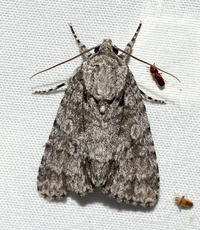
| Recorded by: Jeff Niznik, David George, Rob Van Epps, Kevin Metcalf on 2025-07-20
Richmond Co.
Comment: |
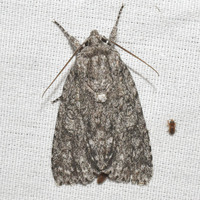
| Recorded by: David George, Jeff Niznik, Rob Van Epps, Kevin Metcalf on 2025-07-20
Richmond Co.
Comment: Sandhills NCBP Survey | 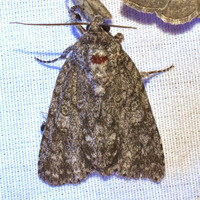
| Recorded by: David George, Jeff Niznik, Rob Van Epps, Kevin Metcalf on 2025-07-20
Richmond Co.
Comment: Sandhills NCBP Survey |

| Recorded by: Jim Petranka, Mark Basinger and Becky Elkin on 2025-06-29
Richmond Co.
Comment: | 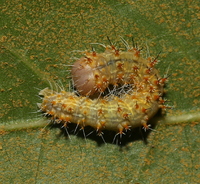
| Recorded by: David George, David Cheng, Patrick Coin on 2025-06-29
Richmond Co.
Comment: |

| Recorded by: Jeff Niznik, David George, Larry Chen, Sarah Toner, Joye Zhou on 2025-06-20
Richmond Co.
Comment: | 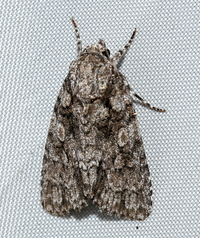
| Recorded by: Jeff Niznik, David George, Larry Chen, Sarah Toner, Joye Zhou on 2025-06-20
Richmond Co.
Comment: |

| Recorded by: David George, Jeff Niznik on 2025-05-24
Richmond Co.
Comment: | 
| Recorded by: John Petranka, Jim Petranka and Becky Elkin on 2025-05-09
Cumberland Co.
Comment: |

| Recorded by: Jeff Niznik, David George on 2025-05-09
Cumberland Co.
Comment: | 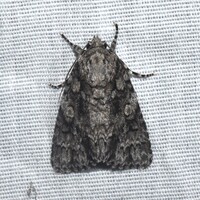
| Recorded by: David George, Jeff Niznik, Brian Bockhahn on 2025-05-09
Cumberland Co.
Comment: |
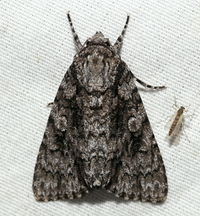
| Recorded by: David George, Jeff Niznik on 2025-05-09
Cumberland Co.
Comment: | 
| Recorded by: Jeff Niznik, David George, Kaitlyn Elliott on 2025-05-08
Cumberland Co.
Comment: |
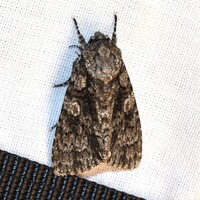
| Recorded by: David George, Jeff Nizink, Rich Teper on 2024-05-16
New Hanover Co.
Comment: | 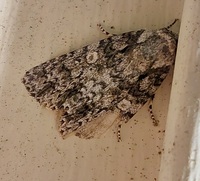
| Recorded by: Mark Basinger on 2023-09-03
Brunswick Co.
Comment: |
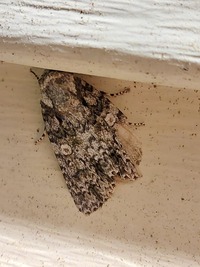
| Recorded by: Mark Basinger on 2023-09-03
Brunswick Co.
Comment: | 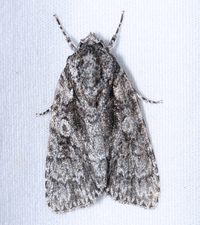
| Recorded by: Jim Petranka and John Petranka on 2023-06-14
Moore Co.
Comment: |

| Recorded by: Jim Petranka and John Petranka on 2023-06-14
Richmond Co.
Comment: | 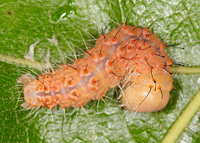
| Recorded by: Jim Petranka on 2023-05-18
Richmond Co.
Comment: Larva was feeding on Turkey Oak. |
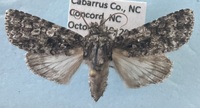
| Recorded by: Darryl Willis on 2020-10-18
Cabarrus Co.
Comment: | 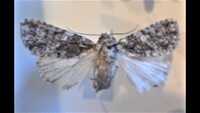
| Recorded by: Darryl Willis on 2020-09-18
Cabarrus Co.
Comment: |
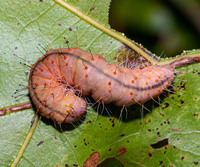
| Recorded by: Steve Hall, Bo Sullivan, and Todd Pusser on 2020-09-09
Scotland Co.
Comment: | 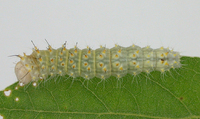
| Recorded by: J.B. Sullivan on 2016-05-24
Carteret Co.
Comment: |
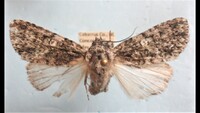
| Recorded by: Darryl Willis on 2014-05-21
Cabarrus Co.
Comment: | 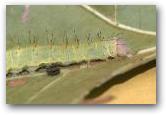
| Recorded by: B. Hartness on 2006-09-14
Moore Co.
Comment: |
|

 »
»



 »
»

